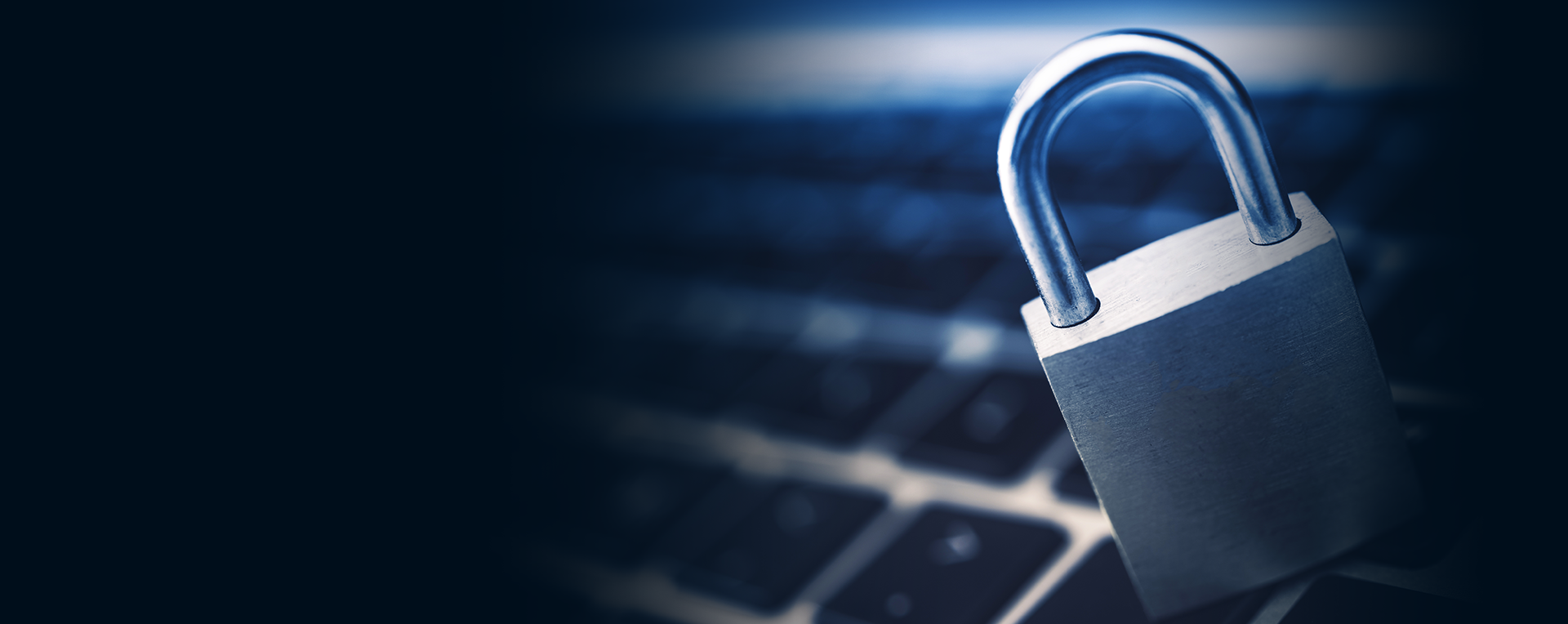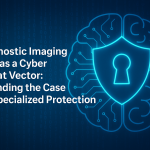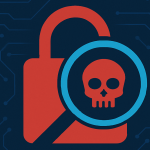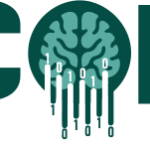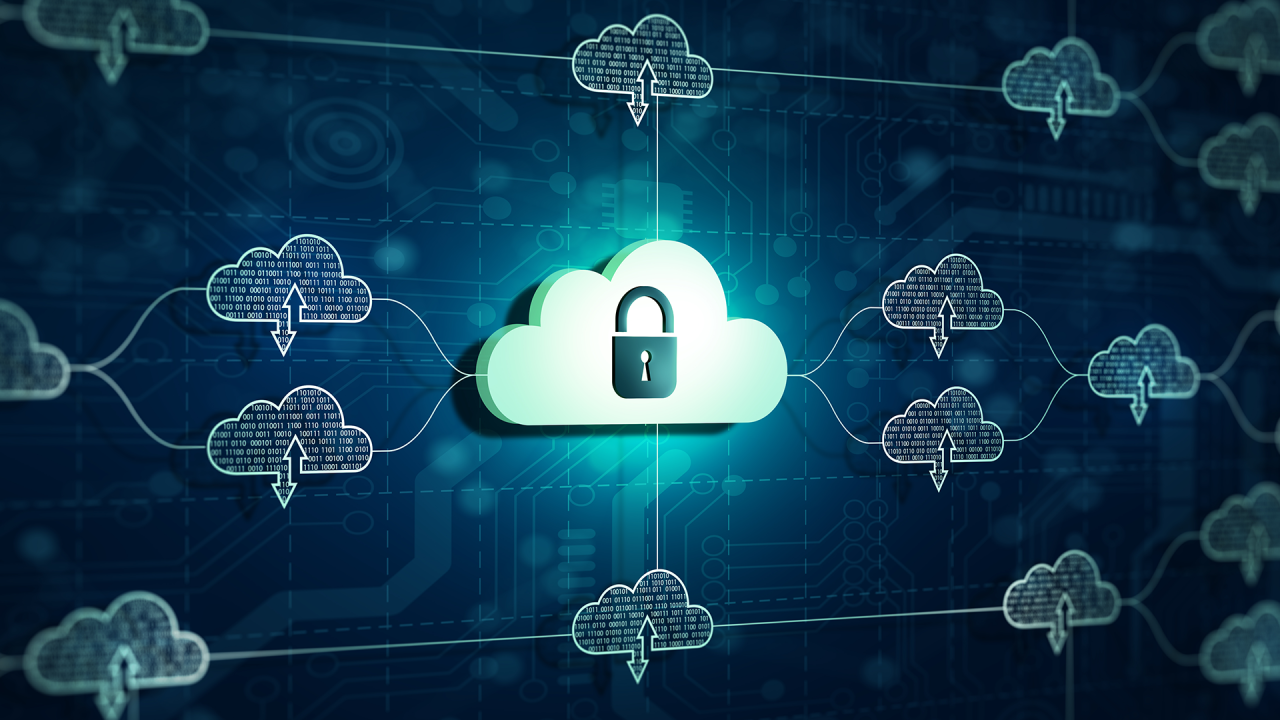Introduction
The increasing importance of data-driven decision-making in vital industries such as government, healthcare, finance, education, and research is driving demand for sourcing data both organically and from external sources. This need stems from organizations’ desire for enhanced operational efficiency, deeper insights, and more strategic agility—all factors that amplify the value of data within these organizations. The growing reliance on data from untrusted external sources adds another layer of complexity in securing the data landscape. While these sources offer a wealth of information and insights, they also introduce significant security challenges, particularly the hidden threat of steganography. With the increasing reliance on data, the complexity of securing it also rises.
Specific Security Challenges in Data Sourcing and the Role of Steganography
Securing externally sourced data presents a multifaceted problem requiring a robust strategy. The challenges include unauthorized access, data integrity concerns, and hidden threats like steganography:
- Unauthorized Access: Attackers may use steganography to embed malicious code, sometimes known as stegomalware, within seemingly benign files. This technique allows the attacker to deliver and execute the malware without detection by conventional security measures. Once inside the system, the stegomalware can facilitate unauthorized access to sensitive data or even provide a backdoor for ongoing control. This form of hidden intrusion poses unique challenges in identifying and neutralizing the threat, requiring specialized detection and response strategies.
- Data Integrity Concerns: Steganography involves embedding hidden information within files, often altering the data through methods like least significant bit substitution. While these changes may not affect the apparent content or functionality of the carrier file, the very act of altering the data can raise questions about the file’s integrity and authenticity. When handling data from untrusted external sources, understanding these alterations and the potential for the carrier to be a malicious vehicle becomes vital.
- Hidden Threats and Evasion: Steganography represents a hidden threat that can evade conventional security measures and continue undetected within a network. It can also be used for data exfiltration, hiding sensitive information within seemingly benign files to enable illicit transmission from the organization without detection.
Mitigating Steganography: Strategies for Enhanced Security
Mitigating the risks associated with steganography requires a multi-faceted approach, encompassing a combination of preventive and detective measures:
- Awareness and Training: Knowledge about steganography, its uses, and implications is the first line of defense. Training programs should be implemented to ensure that IT and cybersecurity professionals within the organization are aware of this threat and can recognize possible signs of steganographic infiltration.
- Robust Security Policies: Organizations should establish and enforce robust security policies that include measures against steganography. These might involve stringent guidelines for file sharing, and protocols for handling and inspecting data from external sources.
- Advanced Threat Detection Systems: Traditional antivirus software and intrusion detection systems might not effectively identify steganographic content. It is essential to deploy advanced threat detection systems capable of identifying unusual changes in data patterns indicative of steganographic techniques.
- File Conformity Checks for External Files: Continuously monitor files being ingested from external sources using file conformity monitoring software. This approach focuses on detecting any deviations from expected norms, alterations, or hidden content indicative of steganography. Compare incoming files for standards compliance and against known good versions, templates, or baselines to spot subtle inconsistencies that might signal tampering or concealed information. This method ensures that all files conform to the expected standards and that any anomalies are promptly investigated.
- Risk Assessment of External Sources: Implement a robust risk assessment process for external data providers. Evaluating the trustworthiness of external data sources and understanding potential risks, including steganography, can help in taking precautionary measures.
- Incident Response Plan: Despite best efforts, it is always possible for a breach to occur. An incident response plan tailored to address steganography can ensure quick containment and mitigation of damage.
While these strategies can enhance an organization’s resilience against steganography, especially from untrusted external sources, it is crucial to remember that cybersecurity is an ongoing process. The tactics employed by attackers constantly evolve, and so too must the strategies to combat them.
WetStone Technologies’ StegoCommand: Securing Data Against Steganography
As the threats that can originate from untrusted external data sources become increasingly sophisticated, organizations require a robust and adaptive solution to counter these challenges. The hidden dangers of steganography, as detailed previously, demand a focused and agile approach to detection and mitigation. This is where WetStone Technologies’ StegoCommand becomes an essential tool in your security arsenal.
The Role of StegoCommand
Screening incoming data feeds for steganographic content is essential, given the sheer volume and critical nature of these data flows. StegoCommand ensures that the data entering your organization is thoroughly inspected and adapted to your unique data requirements, supporting a wide range of file types. Its integration into existing workflows, both on-premise and in cloud-native environments, ensures a secure and efficient operation, tailored to your organization’s preferred infrastructure.
Key Features of StegoCommand
- Advanced Detection Algorithms: Swiftly identifies steganography in suspect files, compatible with most Linux environments, and scalable to high-volume data feeds.
- Severity Ranking and Reporting: Provides extensive reporting and flags files based on threat level and probability, crucial for subsequent quarantining and further analysis.
- Versatility: Operates efficiently within both cloud-based and on-premise environments, identifying potential steganographic content in near real-time while maintaining rigorous standards to minimize false-positives.
StegoCommand as a Primary Line of Defense
Serving as the primary line of defense, StegoCommand examines files for various indicators of steganographic content, from statistical and structural anomalies to data appending and file name obfuscation. As potentially compromised files are identified, these can be quarantined for further examination, and investigators can utilize WetStone’s StegoAnalyst for deeper analysis. This layered approach mitigates the risks associated with advanced steganography and supports many standard file types out-of-the-box.
Professional Services and Collaboration
In addition to its leading-edge detection capabilities, WetStone Technologies offers professional services that include the development of algorithms for steganography detection in additional file types, expert examination of detections, and workflow reviews. The WetStone team stands ready to collaborate directly with clients to enhance StegoCommand for unique or industry-specific file types.
Conclusion
The complexity of data security has grown with the increasing use of untrusted external data sources, and the recognition and mitigation of hidden risks like steganography have become essential. Ensuring the integrity and security of data is a multifaceted challenge that requires specialized tools and strategies. WetStone Technologies’ StegoCommand offers an adaptable and efficient approach to these challenges, specifically addressing steganography within untrusted sources. As an integral component of an organization’s cybersecurity strategy, StegoCommand helps enhance resilience against these hidden threats, contributing to the ongoing integrity and security of data.
